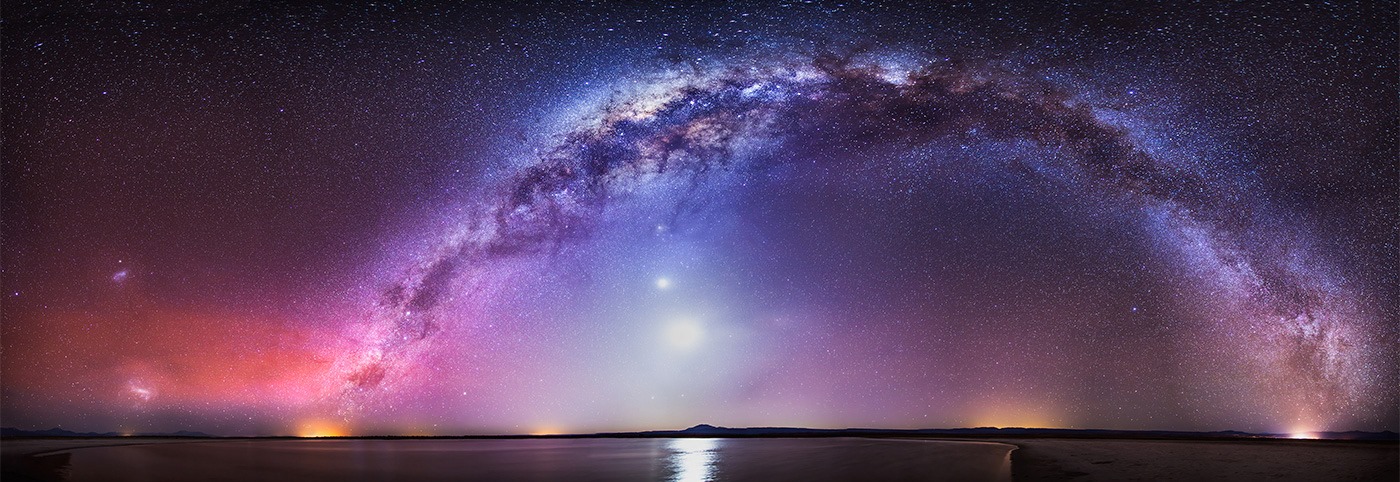The Sun undergoes a total eclipse for parts of the North Atlantic and Arctic Oceans. The partial phases sweep across a much larger area: all of Europe, North Africa, and central Asia. Maps and explanations (particularly for the UK). More maps and detailed local timetables are at Fred Espenak’s EclipseWise site.
As dusk turns to night, spot Venus still in the west. To its upper right by about a fist at arm’s length, look for 2.0-magnitude Hamal, the brightest star of Aries. Farther to Venus’s upper left or left, look for 2.5-magnitude Menkar, Alpha Ceti. Spring begins in the Northern Hemisphere at the equinox, 6:45 p.m. EDT (3:45 p.m. PDT). This is when the Sun crosses the equator heading north for the season.
The word “equinox” comes from night and day supposedly being equal on this date, but that’s just wrong. It would be true if Earth had no atmosphere and the Sun were a point rather than a disk. But with an atmosphere, daylight continues long after the moment of sunset. Second, sunrise and sunset are counted not from when the Sun’s center is on the true horizon, but when its top edge is on the horizon; this adds a couple minutes to daytime. And third, atmospheric refraction at the horizon elevates the Sun by about its own apparent diameter, adding a few more minutes to official daytime.
